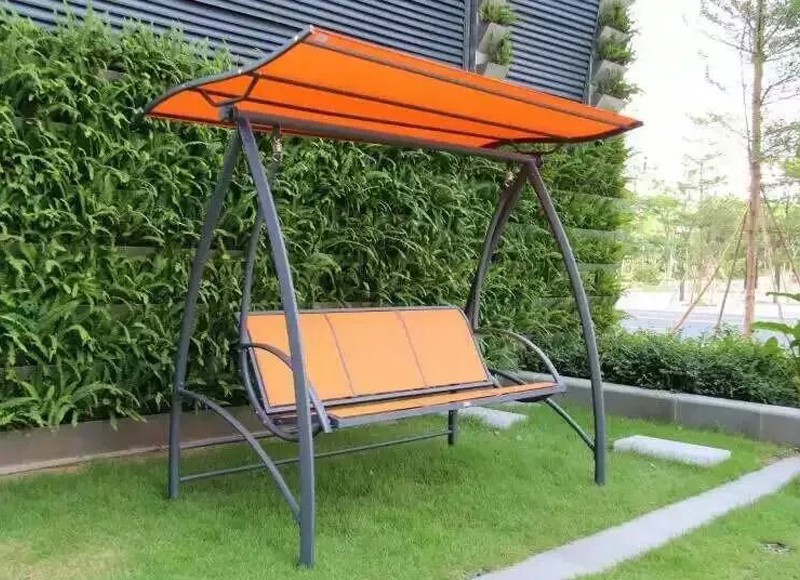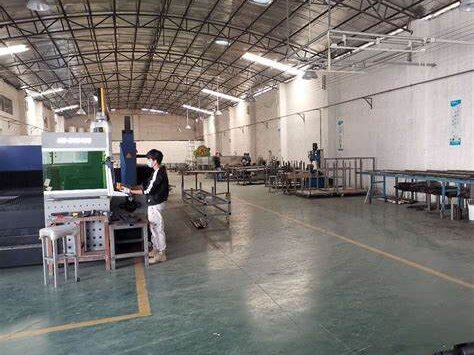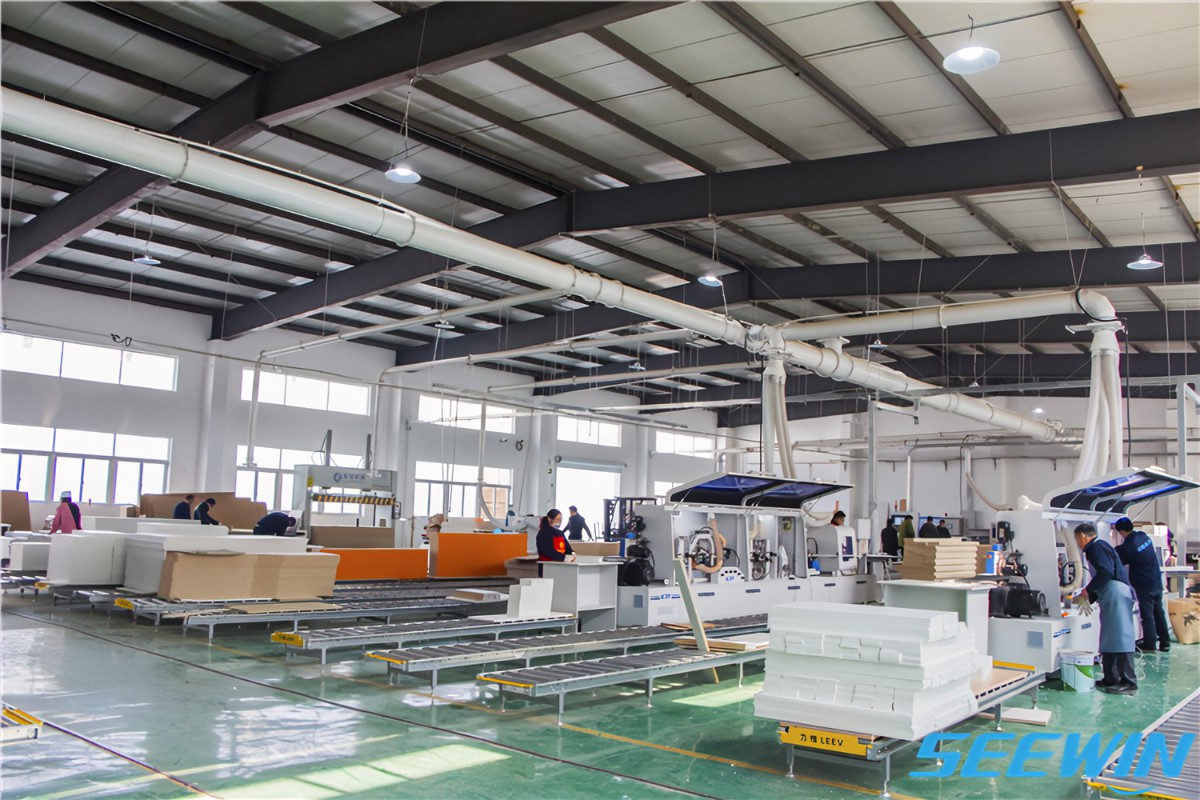Swing chairs, also known as hanging chairs or swing seats, have become a popular piece of outdoor and indoor furniture due to their elegant design, comfort, and unique suspended structure. Behind the scenes, modern manufacturing relies heavily on advanced equipment such as laser pipe cutting machines, pipe bending machines, and laser welding machines to ensure accuracy, durability, and consistency in mass production.

1. Laser Pipe Cutting Machines: Precision from the Start
The manufacturing process of a swing chair frame typically begins with the cutting of metal pipes to predefined lengths and shapes. Traditional mechanical cutting methods such as sawing or abrasive cutting are gradually being replaced by laser pipe cutting machines, which offer superior precision, speed, and flexibility.
Key Functions:
High Precision Cutting: Laser pipe cutting machines use a focused laser beam to cut through various types of metals like steel, stainless steel, and aluminum.
Complex Geometries: Swing chair frames often include angled cuts, intricate joints, and slots for assembly. Modern laser pipe cutting machines are equipped with computer numerical control (CNC) systems, allowing for 2D and 3D cutting of complex profiles directly from CAD files.
Material Utilization: Nesting software used with these laser pipe cutting machines optimizes the layout of cuts to minimize waste material. This improves cost efficiency and environmental sustainability.
Process Overview:
The pipe is loaded onto the machine’s feeder, where it is automatically positioned and clamped. A high-powered fiber laser or CO₂ laser then follows the programmed pattern, cutting multiple pipes in rapid succession with consistent accuracy. Many systems also integrate automatic unloading and sorting, streamlining workflow and reducing manual handling.

2. Pipe Bending Machines: Shaping the Frame
Once the pipes are cut to size, they need to be bent into specific shapes that define the swing chair's form by pipe bending machines.
Importance in Swing Chair Frames:
Structural Design: The curves of a swing chair are not only for visual appeal but also distribute weight more evenly and enhance comfort.
Material Preservation: Bending by pipe bending machines must be done carefully to avoid flattening, wrinkling, or cracking of the pipe, especially with thin-walled materials commonly used in furniture for a lightweight yet sturdy structure.
Machine Capabilities:
CNC Pipe Bending Machines: These pipe bending machines offer multi-axis control, enabling precise control over bend angle, radius, and rotation.
Mandrel Support: For tighter bends, machines use internal mandrels to support the pipe interior, preventing collapse or deformation.
Automation: With automatic feeding and positioning, CNC pipe bending machines significantly speed up production while maintaining consistent quality.
Integration with CAD:
Advanced pipe bending machines interface directly with CAD/CAM systems, translating 3D design files into bending sequences. This ensures that each bend aligns perfectly with pre-cut slots or holes made by the laser cutter, facilitating seamless assembly during welding.

3. Laser Welding Machines: Precision Assembly and Aesthetic Finish
After the pipes are cut and bent, they must be joined together to form the complete frame of the swing chair. This is where laser welding machines play a critical role. Unlike traditional welding techniques, laser welding machine offers high-speed, low-distortion joints that are strong and visually clean—ideal for furniture that is both functional and decorative.
Benefits in Manufacturing:
Minimal Heat Input: Laser welding machine is a localized process that minimizes thermal distortion. This is especially important for furniture, where visible surface defects or warping can degrade appearance and fit.
Clean Welds: The precision of the laser allows for narrow, deep welds that often require no grinding or finishing. This leads to a smoother appearance and lower labor costs.
High Productivity: With speeds up to several meters per minute, automated laser welding cells can assemble multiple frames per shift with minimal operator intervention.
Common Welding Joints:
Butt Joints: Used to connect straight pipe ends with minimal overlap.
T-Joints and Saddle Joints: Common in frame intersections where vertical and horizontal pipes meet. Laser welding machine excels at joining these complex geometries with accuracy.
Fillet Welds: For additional reinforcement, especially in load-bearing areas.
Automation and Robotics:
There is another laser welding machine.Robotic laser welding systems are often employed to handle swing chair frames. These systems include positioners that rotate or tilt the frame to ensure the welding head has optimal access. The result is consistent quality and minimal variability between units.
Conclusion: Precision Engineering for Everyday Comfort
The elegance and durability of a swing chair are underpinned by advanced manufacturing technologies that combine precision, speed, and automation. Laser pipe cutting machines ensure clean, complex cuts with minimal waste. CNC pipe bending machines shape the components accurately and repeatably. Laser welding machines provide strong, seamless joints that meet both structural and aesthetic standards.

